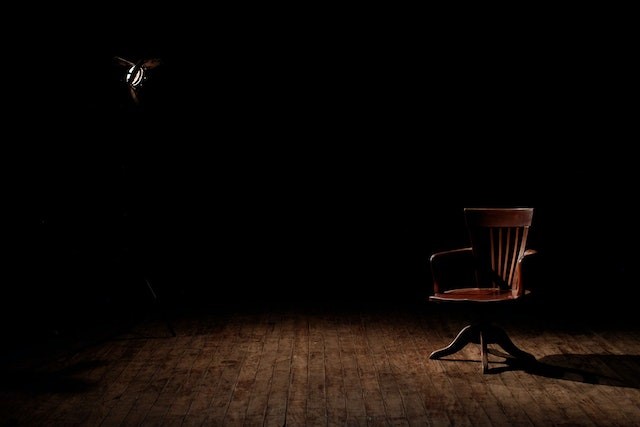Refinishing hardwood floors make old and worn surfaces gain back their actual look. Even in some cases, it is the only way to restore the damaged floor to its glory. However, sanding and refinishing floors are expensive, messy, and time-consuming.
If your hardwood flooring has a decent shape, you can get away with a faster and more affordable option like screening and relocating. With this method, you bluff the floor and apply a fresh coat of polyurethane, a glossy finish protecting the floor.
When Does Your Hardwood Floor Needs Refinishing?
People opt for refinishing their hardwood floors when they find any damage to their flooring. These include:
Cupping
Often you might find the floorboards bending down from their edges in a concave shape, which hardwood floors refinishers term as cupping. Besides creating an unattractive look on your floor, it shows signs of water damage. Apart from accidental spills and drips, humidity is the major culprit for the cupping of floorboards. In case of mild cupping, sanding will fix the issue. However, if the floorboards start sticking up or separating, those individual boards require replacement.
Major Scratches and Dents
Since pets and kids play on the floor, it often experiences minor dings and scratches. It requires powerful sanding when the damage is widespread and penetrates the poly coat affecting the wood. When the wood experiences scratch, they become vulnerable to water damage.
Fading and Discoloration
Many people enjoy sunny rooms. However, too much of the sun’s rays discolor hardwood floors over time. If you note fading or change of color near the patio doors and windows, it is time to refinish the floor and restore the hue.
Splinters
You often fear walking barefoot on hardwood floors for the risk of painful splinters. It indicates that the sealant has worn away, and the wood underneath has experienced damage. Hardwood floor refinishers recommend sanding under the damage to restore smoothness and safety. Furthermore, you require applying a fresh coat of sealant to protect the new surface for years.
Water Stains
Stained floorboards are signs of water damage. Although you can prevent water stains by wiping the spills and drips immediately, unaddressed plumbing leaks, air conditioner drips, and pet accidents stain the hardwood floor. Refinishing the stains is the best solution to reveal and protect the floor.
Gray Floorboards
Often mistaken for a charming patina adding character to older homes, gray floorboards indicate water damage. Refinishing makes those gray floorboards brand new. However, never overlook the black floorboards, as it requires replacement.
You can refinish your hardwood floor in two ways, by hiring a professional refinisher or by doing it yourself (DIY). The DIY approach is a good solution if you are ready for the task and have time to learn about refinishing techniques. However, finding a professional is the best if you are short on time and looking for a hassle-free and perfect way to refinish the floor.

 September 5th, 2022
September 5th, 2022  Arnold
Arnold 
 Posted in
Posted in 